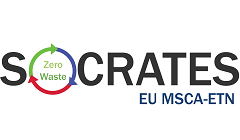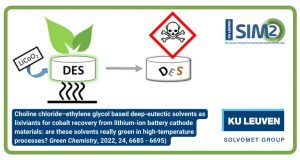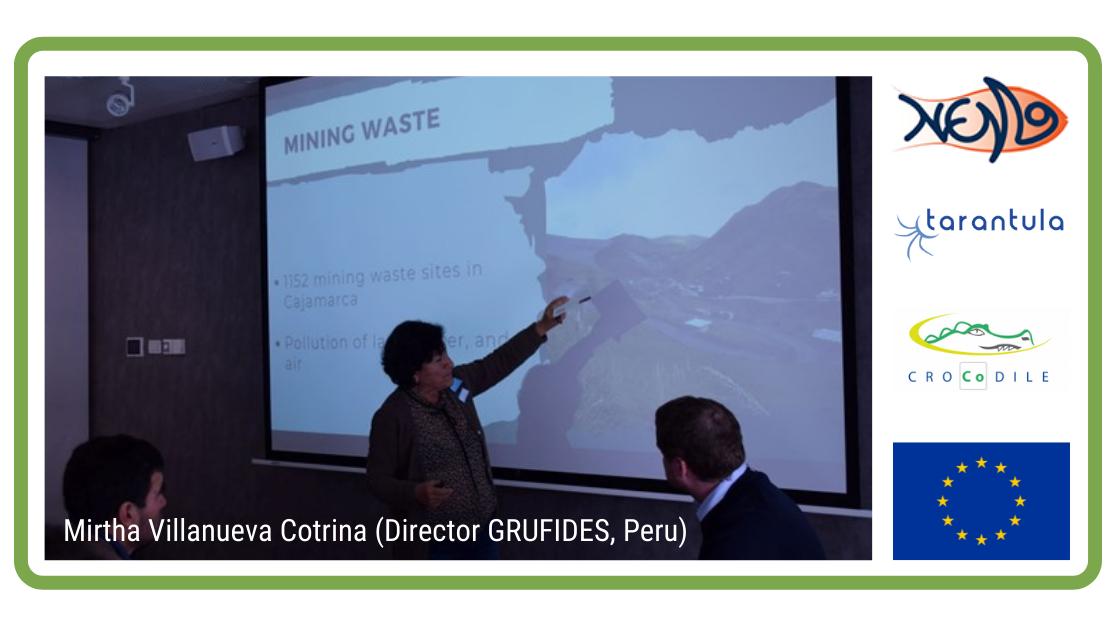Within the EU MSCA-ETN SOCRATES project, Jennifer Astoveza (Imerys, Université de Lorraine & SIM² KU Leuven) investigated the possibility to add iron-rich slag as a supplementary cementitious material (SCM) in distinct calcium aluminate containing cement systems.
SOCRATES project
The EU MSCA-ETN SOCRATES Project promotes circular economy by building near-zero-waste flow sheets for the valorisation of industrial by-products. As a part of this project, the use of an iron (Fe)-rich slag as a supplementary cementitious material (SCM) was assessed in binary calcium aluminate cement (CAC)-calcium sulfate(C$) and ternary CAC-C$-Portland cement systems.
Assessing the degree of slag dissolution
A methodology based on a combination of X-ray computed tomography (XCT) and volume analysis was developed to estimate the degree of slag dissolution. The fate of Fe during the hydration was investigated using Transmission Electron Microscopy (TEM), Scanning Transmission Electron Microscopy (STEM), and Mössbauer Spectroscopy.
Main conclusions
The extensive characterisation of the physical and chemical properties of the slag-containing blends supported the potential of this application. High-strength (≥ 20 MPa at 1 day), dimensionally-stable mortars were obtained at 30 wt% replacement level in both the binary and ternary systems.
Around 50 wt% of the slag was estimated to be dissolved after 180 days of hydration, based on the volume analyses of the XCT scans. This technique also suggested a faster slag dissolution rate with the addition of Portland cement. Moreover, the fitting of the Mössbauer spectra suggested that the hydration of the slag was accompanied by Fe oxidation from its 2+ to 3+ state; and also demonstrated the possible formation of new hydrated phase/s incorporating Fe.
Using TEM and STEM, the uptake of dissolved Fe was mostly detected in intermixed Al-rich amorphous phase during the early hydration ages (≤ 28 days). While higher Fe signals were obtained from an unidentified nano-crystalline hydrated phase with needle/rod-like structure at longer curing time. The intermixed phases containing Fe were also associated with Ca, Si and a small amount of Mg in the ternary systems.
Published results
Part of the results are detailed in recently published articles:
- Properties of calcium aluminate blended cement incorporating iron-rich slag: Evolution over a curing period of 1 year – Authors : Jennifer Astoveza; Romain Trauchessec; Ratana Soth; Yiannis Pontikes – Journal of Construction and Building Materials – https://doi.org/10.1016/j.conbuildmat.2021.122569 – https://www.sciencedirect.com/science/article/pii/S0950061821003299
- Iron-rich slag addition in ternary binders of Portland cement, aluminate cement and calcium sulfate – Authors: Jennifer Astoveza; Romain Trauchessec; Sylvie Migot-Choux ; Ratana Soth; Yiannis Pontikes – Journal of Cement and Concrete Research – https://doi.org/10.1016/j.cemconres.2021.106689 – Free first 50-day access: https://authors.elsevier.com/a/1eKLl21IShSfq – After 50 days: https://www.sciencedirect.com/science/article/pii/S0008884621003380
Acknowledgments
This study is a part of the EU MSCA-ETN SOCRATES (https://etn-socrates.eu) funded by the European Union Framework Programme for Research and Innovation, Horizon 2020, Grant Agreement No.721385.
Bio Jennifer Astoveza
 Jennifer Astoveza was an early-stage researcher of the EU MSCA-ETN SOCRATES Project assigned to the work package on residual matrix valorisation.
Jennifer Astoveza was an early-stage researcher of the EU MSCA-ETN SOCRATES Project assigned to the work package on residual matrix valorisation.
She currently works as a scientist for the Refractory, Abrasives & Construction Business Area of Imerys located in Vaulx-Milieu, France.
If you are interested in her research and wish to learn more about it, you can reach her through jennifer.astoveza@imerys.com






